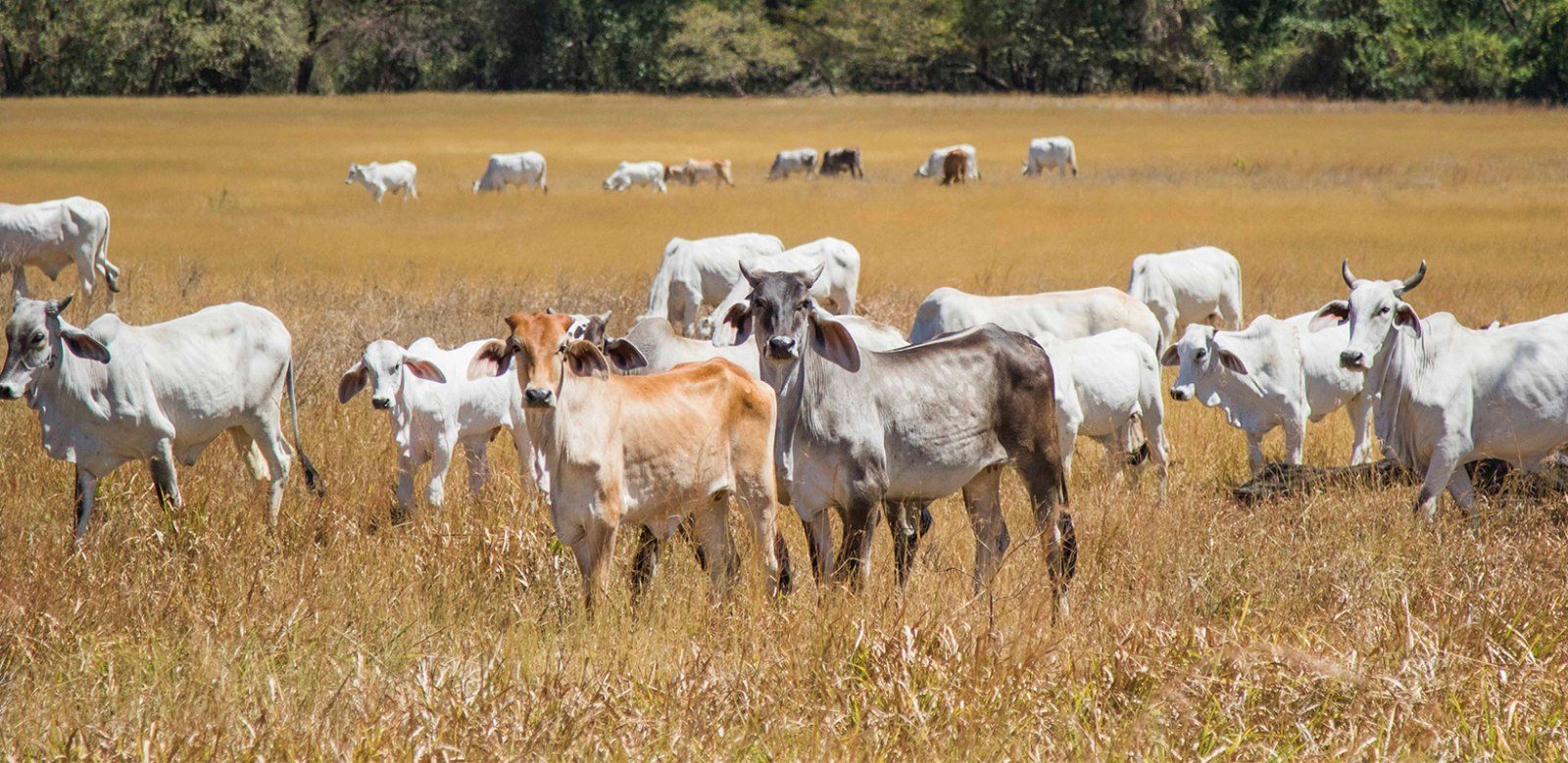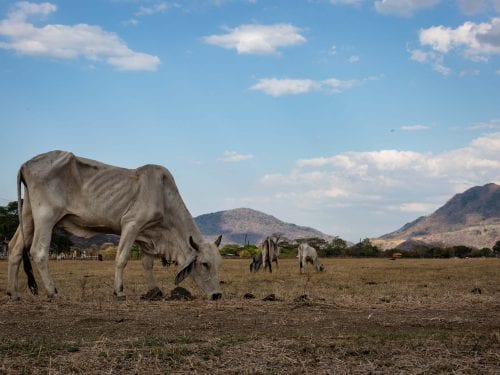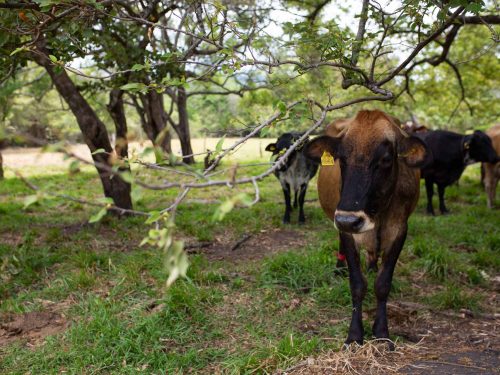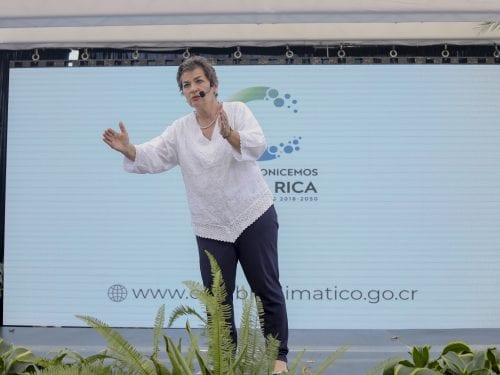
Guanacaste is the province that produces the most meat in the country. According to data from the Chamber of Ranchers and the Ministry of Agriculture and Livestock (MAG), livestock activity represents about 50% of meat and milk production nationally, but its development has taken a toll on the environment and is becoming less and less sustainable. Some experts believe that, if it continues as it is, cattle ranching in the province could reach its breaking point in ten years.
In the province of Guanacaste, there are about 20,000 livestock producers, and in 2015, an average of about 500 cattle died, mainly in the canton of Santa Cruz. Quantified losses in the livestock sector exceeded ¢11 billion ($20,750,000).
Cattle ranching and cowboys are part of the Guanacaste culture, but if we analyze our history and go back to our roots, raising cattle was not an activity of the Chorotegas.

The first conquerors introduced cattle production in the Nicoya area in the 16th century, an activity that was unknown to the native indigenous population, who were mainly engaged in agriculture and fishing. For more than 400 years, a large portion of the land was subjected to agriculture and livestock. The advancement of the growing meat industry between 1950-1980 is largely responsible for the loss of forests and ecosystems in the area.
In the past, grasslands for pasture in Guanacaste covered 60% of land use. Cattle producers eliminated forests and protected zones, overstepping the bounds in their coverage, which caused an environmental crisis in the Chorotega Region during the 1970s. The fragile forest soils that sustained abundant life were exhausted due to lack of trees and excess grazing, accelerating the loss of nutrients and soil erosion.
Then came large-scale agricultural operations, with crops such as rice and sugarcane, which need a lot of sun exposure, and some ranchers sold their land. The few remaining trees in the pastures began to disappear.
Concessions were given to extract water from rivers, divert creeks and exploit springs. By the end of the 70s, only plains and some green patches remained where there were once tropical dry forests. The government took action, creating national parks and wildlife refuges, providing incentives for reforestation and regulating the new concessions a little more— although not too much. But the damage was done and waiting for its recovery would require a lot of patience.
Years later, in the mid-1990s, Guanacaste was again struck by a three-year drought, from which the economic activities, and especially the environment, were not able to fully recover. In 2013, less rain fell; in 2014, a state of emergency was declared due to drought, and by 2015, thousands of dollars in aid were shelled out to ranchers and farmers.
So the time has arrived to ask ourselves a difficult question that strikes at our idiosyncrasies and economy: Is it reasonable to continue betting on open-range cattle ranching?
Maybe the time has arrived to make a change. Because as much as it hurts to leave behind our tradition with cattle, the situation is not sustainable. The province has to bet on different business models in which raising animals is well planned and in which gathering real scientific information on the amount of natural resources that the province has is what guides us towards awareness and rational use. And who better than the Guanacastecans, the descendants of the Chorotegas, to take on such a great challenge.







Comments